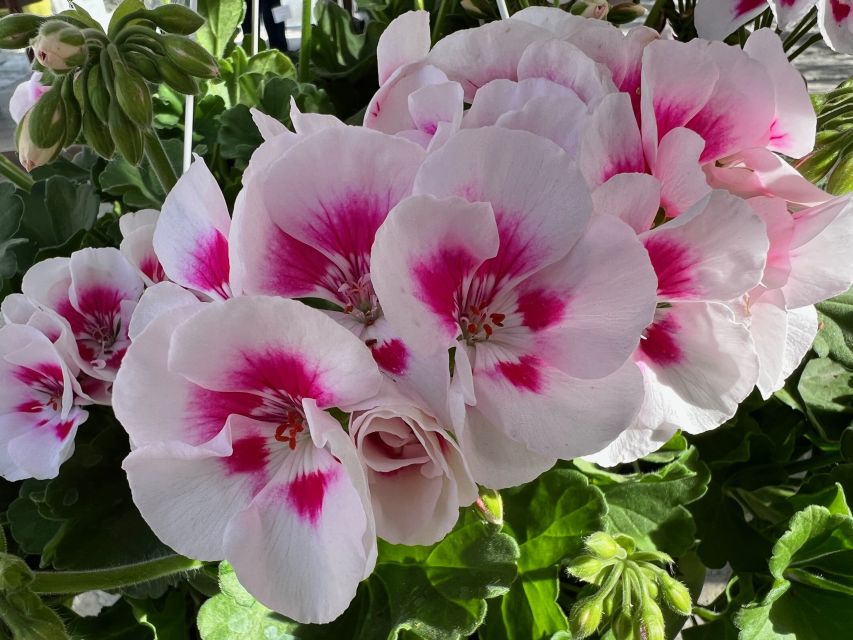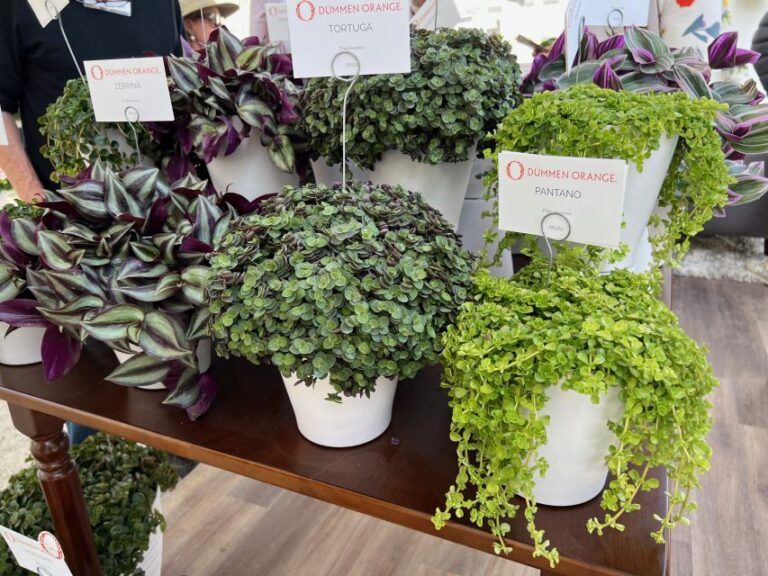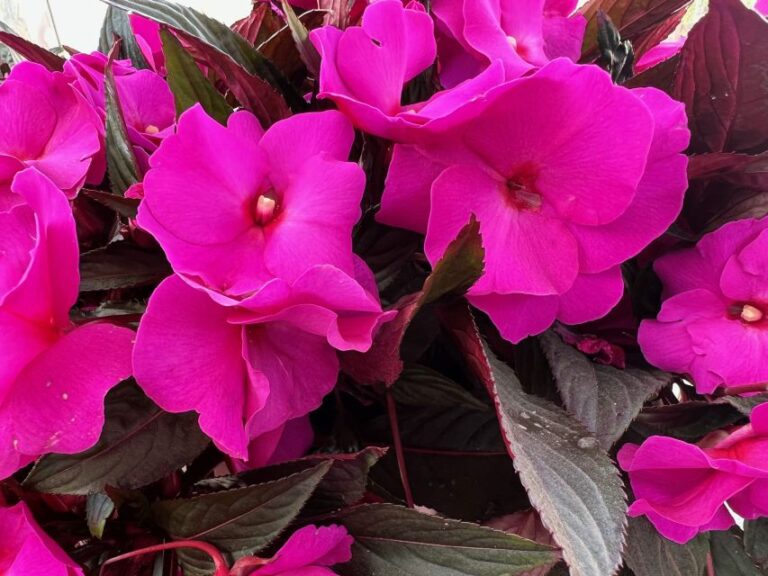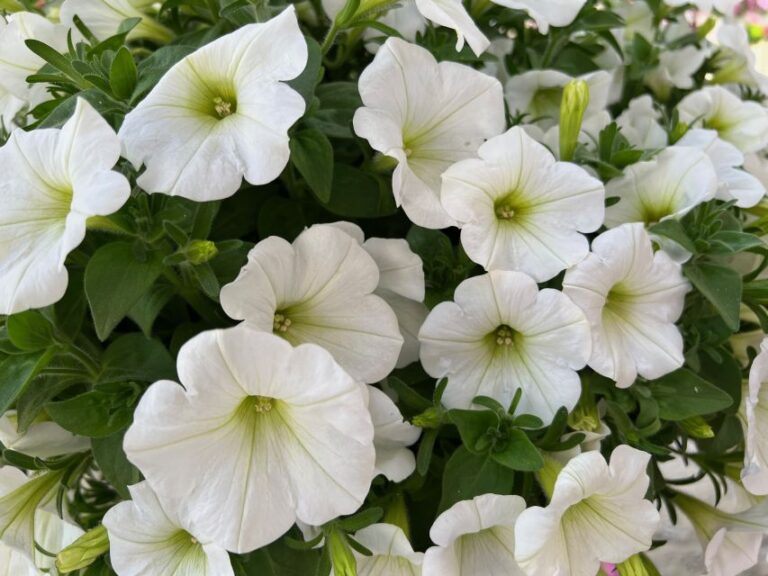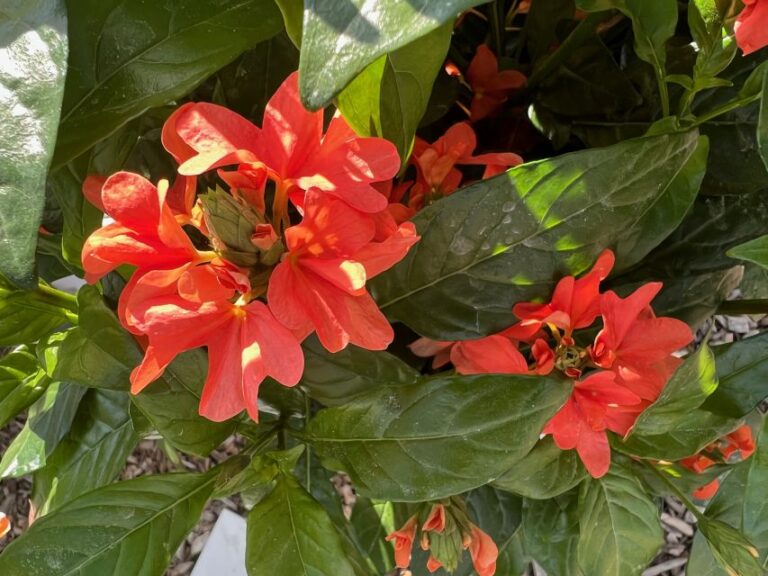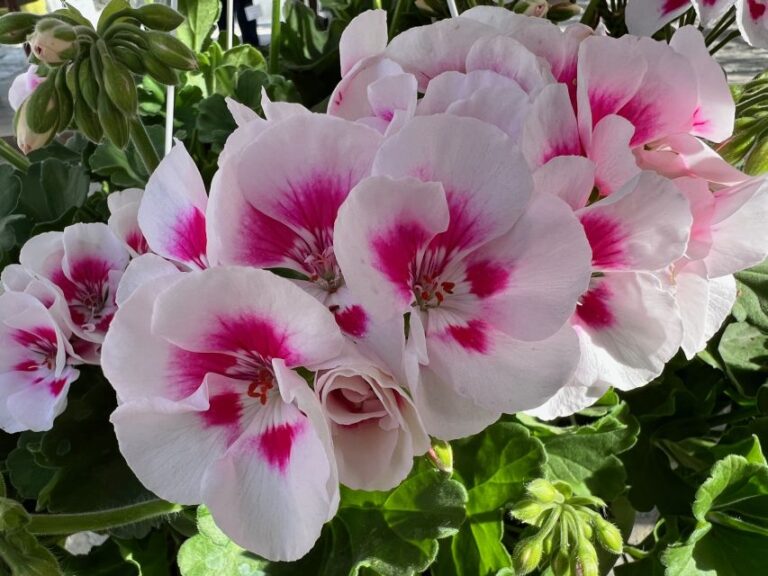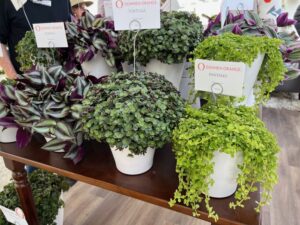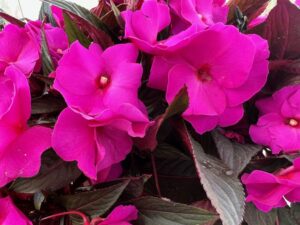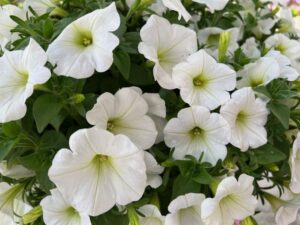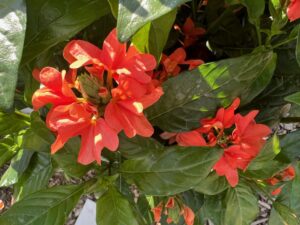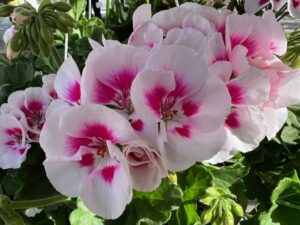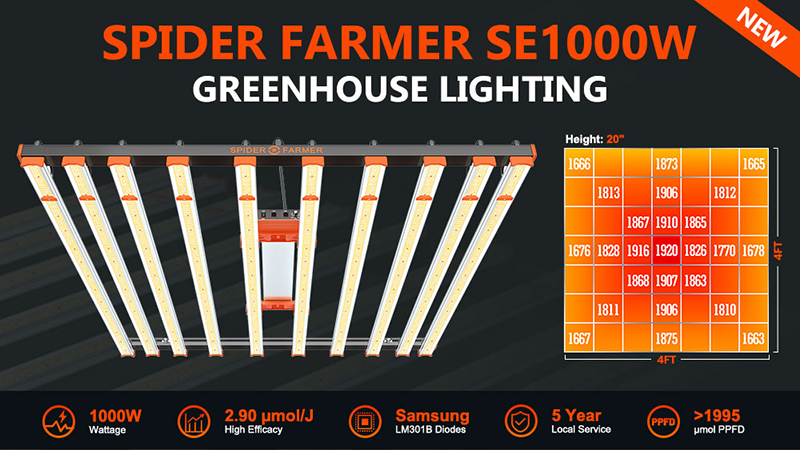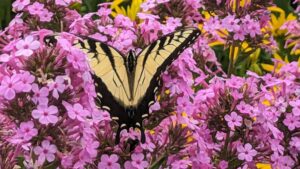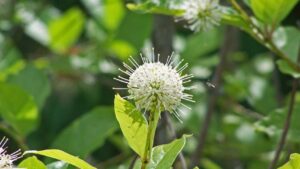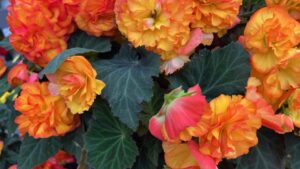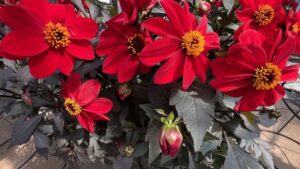California Spring Trials 2022: Highlights from Dümmen Orange’s Plant Displays
Dümmen Orange showcased its new plants at the lovely Filipponi Ranch for California Spring Trials (CAST) 2022. Filipponi Ranch is a family-run winery nestled among the hills on the outskirts of San Luis Obispo. CAST attendees enjoyed great conversation and good wine as they walked through Dümmen Orange’s displays and enjoyed the beautiful setting.
There was a lot of news coming from Dümmen this year. Here are a some of the highlights you will want to know about for the upcoming year (check out the slideshow above for a closer look). See other CAST 2022 highlights here.
Welcome to the Jungle
This is a newer (introduced in 2020) tropical plants and foliage program for Dümmen, and it reported that demand has succeeded supply because of its popularity. The program includes third-party genetics that are exclusive to Dümmen and will work for any size of grower. Its biggest benefit is the quick crop times of these products that will help growers bring them to the market faster. Plants such as peperomia, tradescantia, pilea, senecio, sedum, and more are available as unrooted cuttings (URCs), and XXL cuttings are available for even speedier crop turns. Welcome to the Jungle offers a wide assortment of options for growers with more than 50 plant selections available.
MegaGuinea New Guinea Impatiens Series
Just when you thought New Guinea impatiens couldn’t get any bigger or bolder, Dümmen Orange introduces its MegaGuinea series. The plants are so big Dümmen reps say growers will only need one cutting per gallon for an early finish. MegaGuinea impatiens have the same finish time as the Magnum series and are available in Basewell. The series includes Purple (pictured), Orange, and White Blush.
Powered by Intrinsa
Dümmen Orange is using its Intrinsa breeding technology to solve challenging production issues, such as bacteria, virus, viral and fungal diseases, in key crops. Intrinsa is predictive breeding at its best using genetic analysis and coding to learn the precise causes for missing disease resistances. Plants are cured from within by improving and extending crucial traits, thus making use of the plants’ intrinsic and natural capabilities to withstand not only disease, but also improve tolerance to environmental stresses such as cold, heat, and drought.
Dümmen’s new Smartunia Petunia’s are a product of Intrinsa breeding. This series is the first petunia collection that is resistant to TMV, and it won’t be the last. Dümmen reps say their goal is that by 2025 all their petunias will be TMV resistant. The TMV resistance in Smartunia Petunias works across multiple strains of TMV and is long-lasting. The series includes five colors and three patterns (Smartunia Windmill). We can also look forward to other plants such as white rust-resistant mums and powdery mildew-resistant kalanchoes that are powered by Intrinsa breeding coming out in the near future.
Heat-Loving Annuals and Blooming Tropicals
Leslie Bayas, a new hire for Dümmen Orange, will head up its heat-loving annuals and blooming tropicals program. Dümmen saw a need in the market for more season-extending summer container planting options and is working to develop product selections in this area. This program will take the guesswork out of the equation for growers and give them several options of sun-loving and heat-loving, medium to high vigor plants that can be used on their own or in combinations. Dümmen has added a new plant category, Dipladenia, and is busy at work making final selections of mandevilla. Both of these plant categories will be part of this program, along with other selections. Some standouts in this area at Dümmen’s CAST display were a new ‘Watermelon’ Crossandra (pictured) and Hibiscus ‘Caribbean’.
Geraniums With Reliable Uniformity, Timing, and Potential for Benchruns
The Santana Series of interspecific, zonal geraniums will grow out uniformly and on the same timing without the use of plant growth regulators. Santana is a medium-vigor series with seven colors: Pink, Purple, Fire, Dark Red White Splash (pictured), Red Splash, White, and Dark Red. It has a prostrate habit that should work well for hanging baskets and containers. This series also offers improved heat tolerance compared to other zonal types.




